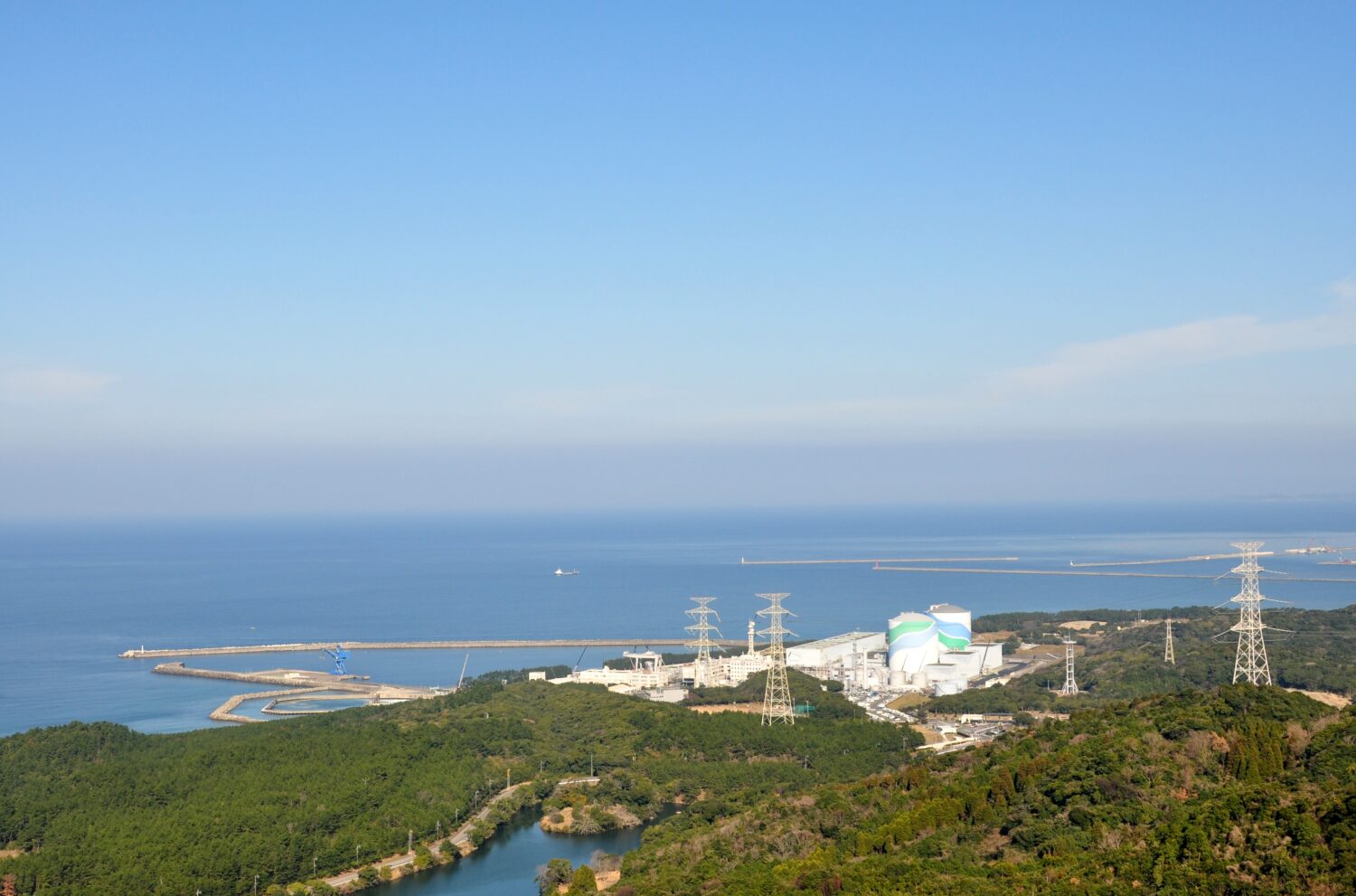The NRA already holds meetings, as necessary, with the power-related chief nuclear officers (CNOs) of various companies for the purpose of exchanging technical opinions. Since last spring, the focus has been on regulatory responses with an eye on introducing advanced reactors: primarily the advanced LWR known as the SRZ-1200, which Mitsubishi Heavy Industries, (MHI) is developing with four domestic power companies that own pressurized water reactors (PWRs).
The SRZ-1200 is based on three concepts: supreme safety, zero carbon and sustainability, and a resilient LWR. Its basic design is being developed in accordance with current regulatory standards, and aims at “employing further advanced safety mechanisms and measures in order to respond to natural disasters, including earthquakes and tsunami, and a passive safety system to protect against strikes by large aircraft.”
The first meeting was attended by Director SATO Taku of the Atomic Energy Association (ATENA), as well as group leaders and section managers of several domestic power companies with nuclear power plants. At the meeting, the NRA’s Technological Foundation Group and others identified future issues involving regulatory responses.
Referring to the SRZ-1200, ATENA’s Sato pointed out a problem in regulatory aspects from operators’ point of view, saying that “while progress has been made in the design, foreseeability is still unclear in several areas.”
He also cited the next national Strategic Energy Plan, now under consideration, and said that there is “a need to maintain nuclear energy at a certain extent, and new NPPs will have to be developed.” He also said that the industry would have to discuss regulatory responses involved in new types of reactors.
Next, one of the representatives of the manufacturers attending the meeting, NISHITANI Junichi, SRZ Promotion Office Manager of MHI’s Nuclear Energy Systems division, explained matters from a technological point of view.
Regarding the development of “facilities for responding to specific severe accidents”—i.e., measures to prevent severe accidents and terrorism attacks—he said that there was “a need to try a design philosophy within a reasonable range.” For example, based on the March 2011 accident at Fukushima Daiichi, he said that “injecting cooling water into the remains of a melted core—something that had never been assumed—would be continued.”
He also emphasized the stance of strengthening safety measures to deal with further severe events.











-013.jpg)

-049.jpg)
.jpg)




